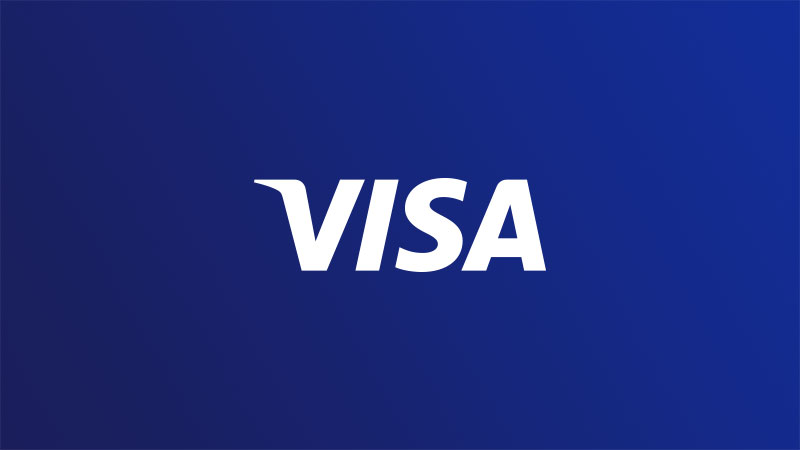Visa paves the way for safer, simpler digital commerce experiences

By TS Anil, Global Head of Payment Processing, Products and Solutions

This week Visa is joining the payments industry’s creative minds at ETA’s TRANSACT event in Las Vegas to engage in conversations about how far payments have come in such a record amount of time. Everywhere we turn, our partners, customers and consumers are re-imagining what payments look, feel–even sound–like at the point of sale.
As the physical point of sale continues to evolve, driven by the explosion of EMV® chip cards [1] and the rise of contactless payments, the digital commerce landscape is also evolving tremendously. This is fueled in part by the proliferation of smart devices and internet of things, brought into the spotlight by new ways consumers expect to conduct their digital commerce. In 2017, consumers spent $453.46 billion on the web for retail purchases, a 16.0% increase over 2016. Overall, eCommerce accounted for 49% of the growth seen in retail last year.[2]
To sustain this growth, there is a need for new payment experiences that enhance security, simplify digital commerce for consumers, and eliminate complex authentication and integration processes for merchants and issuers. To respond to this need, EMVCo created the EMV® Secure Remote Commerce (SRC)–Technical Framework version 1.0, announced last fall, to pave the way for what’s next in digital-commerce innovation. The framework seeks to define, among other things:
- A consistent payment payload for processing and integration across networks and integrated cardholder security by replacing the sensitive account information stored in PANs with EMV Payment Tokens. EMV Payment Tokens complement and can also be interoperable with gateway / acquirer security tokens.
- Integrated cardholder security by integrating cardholder verification, issuer authentication and interoperability with EMV 3-D Secure, a messaging protocol that promotes frictionless consumer authentication when making card-not-present (CNP) e-commerce purchases
Visa is encouraging EMVCo to explore possibilities for a more consistent payments framework through a common payment mark and standardization of certain aspects of the user interface and experience.
Earlier today, I joined a lively panel discussion at TRANSACT with Mastercard, Discover and Netflix to talk about the unique opportunity we have in shaping the future of digital payments. During the panel, I was excited to preview the Visa Digital Commerce Program. Built on top of the EMV SRC Technical Framework, it is designed to provide merchants, financial institutions, payment gateways, acquirers, commerce platforms, and new participants with technologies and resources necessary to optimize todays and future digital payment experiences. With the program, our goal is to build an environment where digital-commerce transactions are secured and standardized end-to-end, from capture to delivery to storage of payment credentials in eCommerce, mCommerce, as well as in emerging environments, such as IoT and voice-activated devices. The program leverages EMV Payment Tokenization Specification – Technical Framework, and it will be interoperable with EMV 3-D Secure Specification. One way we envision this coming to life could be through a universal button, which we will explore with our partners through this new program.
Visa’s Digital Commerce Program will be delivered through our financial institutions, acquirers and gateways, commerce platforms, and new participants and will help by:
- Creating simplicity – Consumers can access their cards through a simple, streamlined verification, creating a consistent digital shopping experience across browsers and devices.
- Decreasing fraud – The program will utilize both – EMV Payment Tokenization Specification – Technical Framework and EMV 3-D Secure Specification to bring more of today’s most advanced security methods to emerging and existing digital payments channels.
- Increasing conversion – Early trials show conversion for streamlined verification experiences deliver higher buyer conversion than conversion rates for merchant checkout.
- Enabling innovation that scales – The program helps enable innovation at scale through the integration of digital platforms and IoT innovations. It lays the groundwork for future innovation such as the emergence of in-home devices, augmented and virtual reality, and other new payment contexts.
- Streamlining integration – The program will simplify integration and thereby lower costs by standardizing integration and enabling more scalable innovation across form factors.
Building off its momentum with Visa Checkout, Visa will move its more than 33 million enrolled consumers, 350,000 live merchants and 1,600 financial institutions in 26 global markets to the new program, beginning in late 2018. Supporting merchants would accept all participating card brands through a simple, streamlined verification experience for registered Visa accounts, across a range of form factors. Access will be provided by leveraging biometric authentication or dynamic passcode access techniques.
Working with our clients, partners, and customers around the world we’ll simplify, standardize and bring greater security to digital payments – in a way that solves for both ‘now’ and the foreseeable future. We are excited about the opportunity that the program will bring to the payments ecosystem. We look forward to partnering with the industry to bring new experiences to markets and consumers worldwide.
_________________________________________________________
[1] EMV is a registered trademark or trademark of EMVCo LLC in the United States and other countries
[2] According to US Commerce Department